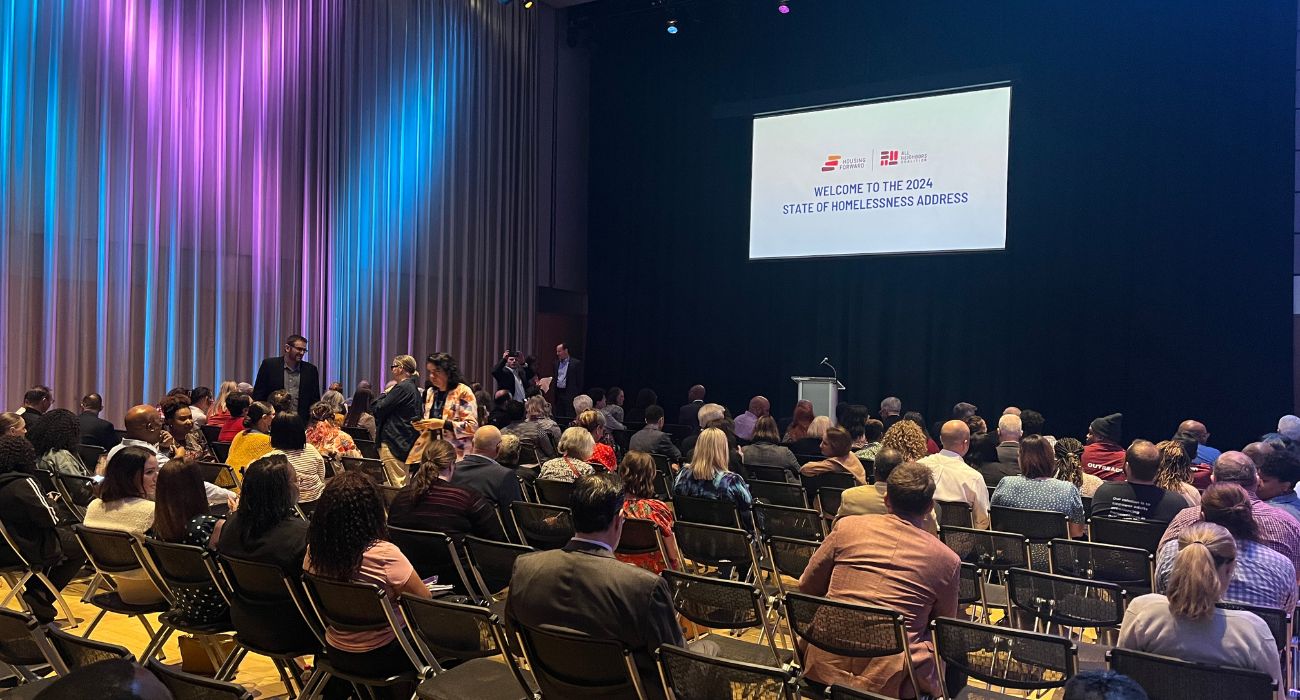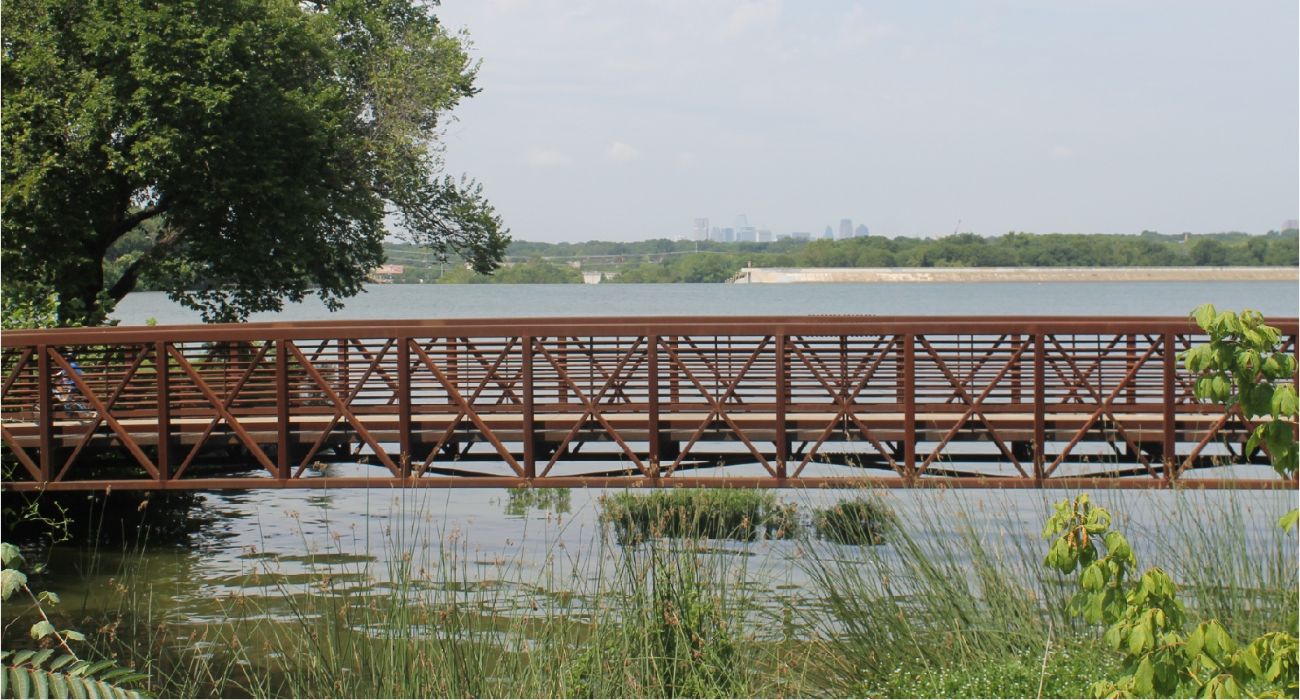A former Dallas reporter reflected on the historic event that forever changed the nation and his career in a new book.
When news broke that someone had opened fire on President John F. Kennedy’s motorcade on November 22, 1963, Darwin Payne had been working as a journalist for the Dallas Times Herald.
Armed with a pen and a notepad, Payne raced downtown to Dealey Plaza to speak to witnesses.
“I recorded everything I could. Knowing, realizing that this would be the biggest story I ever covered, and the others felt the same way. Consequently, we had things to do. We didn’t have time to sit around and worry and lament the situation. We wanted to get information about it, so I think that helped us control ourselves during the entire coverage,” Payne recalled in an interview with NBC 5 DFW.
He quickly came across Abraham Zapruder. The meeting proved eventful, as Zapruder had been filming JFK’s motorcade when the assassin struck. The footage, which lasted less than a minute, would become incredibly significant.
The two men spent nearly an hour together, watching the TV news coverage at Zapruder’s office.
Reacting to early reports that JFK had been injured, Payne explained how Zapruder, an older man of about 60, tearfully told him, “No. I know he’s dead. I saw it happen. I was right there. I saw his head explode like a firecracker.”
Payne noted the remark down in his notepad. Next, Payne’s coverage of the event brought him to the sixth floor of the Texas School Book Depository. With a group of reporters, he took meticulous notes as Dallas detectives walked them through the scene where the sniper had fired from.
“We were able to look out the window ourselves to see what kind of view he had, and I remember it didn’t look like all that tough of a shot as you looked out. It wasn’t that far away,” he said.
By then, a description of the suspect, Lee Harvey Oswald, had been released to the authorities. Dallas police officer J.D. Tippit spotted Oswald walking down a street in Oak Cliff and called him over to his patrol vehicle. Oswald allegedly opened fire, killing Tippit, and took off on foot. A passerby used Tippit’s radio to alert the police, who eventually found Oswald hiding in a nearby movie theater.
Payne continued to cover developments. Oswald was fatally shot a few days later on live TV while in police custody. Dallas nightclub owner Jack Ruby allegedly pulled the trigger.
While JFK’s assassination has been the subject of many conspiracy theories, Payne’s new book Behind the Scenes: Covering the JFK Assassination dispels the sensationalist retellings and provides a journalistic account of the events.
“I think it should be sufficient to alert people to the real facts behind the assassination,” Payne said.
Ahead of the 60th anniversary of JFK’s assassination, Payne is slated to share his insights at a lecture and book signing event at Southern Methodist University’s Moody Hall Auditorium on November 16.
Anyone wishing to attend the free public event starting at 5:30 p.m. must register here. It is already full, but there is a waiting list.






